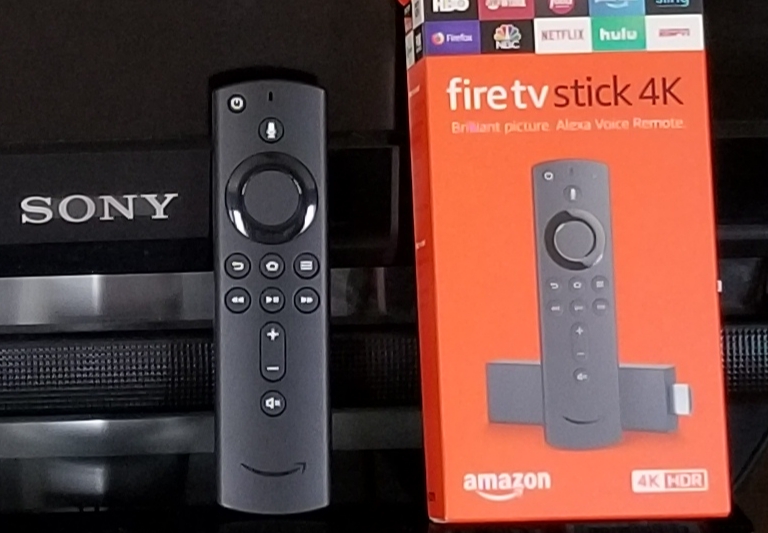Intro
I give to lots of non-profits and realized there are some common elements and that perhaps others could learn from what I have observed. I also give to some political organizations.
Define terms
By non-profit I mean a 501(c)(3) as per IRS regulations. These can have a local focus or a national focus. They will be chartered in a particular state which will have its own rules for incorporation. For my purposes that doesn’t matter too much. I believe they all will have a board of directors. They all have to abide by certain rules such as spending most of what they take in (I think).
Common to all
Engage, engage, engage
They want to send you frequent correspondences, sometimes under various pretenses, to keep you engaged. You will receive correspondence under the following pretenses: the “annual renewal”, the “quarterly report”, the xmas update, the thankyou for contributing letter, the “for tax purposes” letter, the emergency appeal or rapid reaction to something in the news, the special donor multiplying your gift by 3x or even 10x, the estate giving solicitation, and, worst of all, the fake survey. I’m talking about you, ACLU. I have never once seen a published result of these fake surveys, which have zero scientific value and consist of one-sided questions. I used to fill them out the opposite way they expected out of spite, but to no avail as they kept coming with self-addressed stamped envelopes no less. All these correspondences have in common that they will always solicit you to give even more money as though what you’ve already given isn’t good enough.
But by all means read the newsletters on occasion to make sure they are doing the things you expect of them based on their mission. And ignore the extra pleas for money unless you are truly sympathetic. Emergencies do occur, after all.
Snail mail? No problem
You would naively think that by creating a known, non-trivial cost to these non-profits, namely forcing them to contact you by postal mail that they would send you fewer requests for money. Not so! I only contribute online when it seems to be the only practical way to do so (I’m thinking of you, Wikimedia), yet still, I get, no exaggeration, about a letter every two weeks from my organizations.
Phone etiquette
First off, you don’t need to give out your phone number even though they ask for it. It’s asked for in a purposefully ambiguous way, near the billing, as though it is needed to process your credit card. It isn’t. I happily omit my phone number. I figure if they really need it they can just wrote me a letter asking for it – and that’s never happened.
But if you’ve made the mistake of having given out your number, perhaps in the past, you may get called periodically. They do have the right to call you. But you can ask them to put you on a do not call list. What I do once I learn what organization is calling, is to sometime during their long opening sentence – which may come after you confirmed your identity – is to hold the phone away from my ear a little and just calmly say I’m not going to give any more money and hang up.
Universities have a special way of asking for money. I knew classmates who did this for their campus job. They call alumni, especially recent alumni who are more naive, and engage them with a scripted conversation that starts innocently enough, :I’m from your college and I wanted to update you update recent happenings on campus.” pretty soon they’re being asked to donate at the $250 level, then after an uncomfortable No, they’re relieve to learn they can still contribute at the $125 level, and so on down until the hapless alumnus/alumna is guilted into contributing something, anything at all.
Local giving
Fortunately, local giving where they haven’t signed on to use professional fund-raising organizations is more pleasant because you are normally not solicited very often, often just once a year.
Track it
I keep a spreadsheet with my gifts and a summed column at the bottom. I create a new worksheet named with the year for each new year. I have a separate section at the bottom with my non-deductible contributions.
I try to give all my gifts in the first one or two months of the year.
Come tax time, I print out the non-profit giving and include it with my paperwork for my accountant, but more on that below.
Deductions – forget about it
I pat a lot of taxes and still these days (from about 2018 onwards) I don’t get any tax credit for my contributions. Why? The reason is that the standard deduction is so high that it applies instead. This is the case ever since the tax changes of 2017. So if that’s true for me I imagine that’s true for most people. But each year I try…
Non-deductible organizations
Some organziations you would think are non-profits, but they are actually structured differently and so they are not. I’m thinking of you, The Sierra Club. The Sierra Club is using much of your donation to lobby politicians to their point of view about environmental issues and therefore by the rules cannot be a non-profit in the sense of a 501(c)(3).
Privacy
I’m not sure what privacy rules apply around your giving. In my personal experience, there are few constraints. This means expect your name to be sold as part of a giant list of donors. You are data and worth $$ to the organization selling your name to, usually, like-minded organizations who will hope to extract more money out of you. To be concrete, let’s say you donated one time to a senator in a tight senate race. Before six months is up every senator in a competitive race from that party will be soliciting you for funds. And not just one time but often on that bi-weekly basis! Once again using snail mail seems to be no obstacle. maybe it is even worse because with email you can in theory unsubscribe. I haven’t tried it but perhaps I should. I just hate to have my inbox flooded with solicitations. I’m really afraid to contribute to a congressional race for this reason. Or a governor’s race.
But this privacy issue is not just restricted to PACs sharing your data. Let’s say a relative had congenital heart failure so you decide to contribute to a heart association. Eventually you will be solicited by other major organizations with focus on other organs or health in general: lungs, kidneys, cancer, even the same organ but from a different organization, etc. Your data has been sold…
Amazon Smile – Giving while shopping
When I first learned of Amazon Smile from a friend at work I thought there was no way this could be true. Margins are said to be razor thin in retail, yet here was Amazon giving away one half percent of your order to the charity of your choice?? Yet it was true. And Amazon gave away hundreds of millions of dollars. Even my local church got into the program. My original recipient was Habitat for Humanity, which raised well over ten thousand dollars from Amazon Smile.
But Amazon killed this too-good-to-be-true program in March 2023 for reasons unknown. I’m not sure if other merchants have something which can replace it and will update this if I ever find out.
The efficiency of your charity
You want to know if a large portion of your gift to a particular charity is going towards the cause that is its mission, or, to administrative costs such as fund-raising itself. I’ve noticed good charities actually show you a pie chart which breaks down the amount taken by administrative overhead – usually 5 – 10 percent. But another way to learn something about efficiency is to use a third party web site such as Charity Navigator. But don’t get crazy about worrying about their ratings. I have read criticisms of their methods. Still, it’s better than nothing. 5 – 10 % administrative costs is fine. Hey, I used to know people who worked in such administrative positions and they are good people who deserve decent pay. Another drawback of Charity Navigator is that it won’t have ratings for your local charities.
For PACs as far as I know, there is no easy way to get comparable information. You just have to hope your money is well spent. I guess they have quarterly disclosure forms they fill out, but I don’t know how to hunt that down.
Tactics
The national organizations know everything you have ever given and will suggest you give at slightly higher amounts than you have in the past. 25 years ago the American Cancer Society asked if I would solicit my neighbors for contributions, which I did. I pooled all the money and gave them something like $300. I swear for the next 15 years they solicited me suggesting I contribute at that level even though I never gave more than $40 in the following 15 years. So annoying…
Death – an opportunity – for them
Many charities will encourage you to remember them in your estate planning. I suppose this may be a reasonable option if you feel really identified with their cause. I suppose The Nature Conservancy evokes these kinds of emotions, for example, because who doesn’t love nature? So think about your legacy, what you’re leaving behind.
National, with local chapters
Some national charities have local chapters. I’m thinking of you, Red Cross. I’m not really sure how this works out. But I know I have received solicitations from both the local chapter as well as the national chapter. So just be mindful of this. I suppose when you give to the local chapter it has more discretion on spending your donation locally and I guess giving a fraction of it to the national chapter.
Charitable Annuities
I don’t know all the details but if you have for instance appreciated equities instead of paying capital gains taxes you could gift them to a charity and receive a deduction for the gift. They in turn, if they’re a big outfit, usually a university, can set up a charitable annuity which provides you further tax benefits. I will flesh this out if I ever come across it again.
Conclusion
As a reliable contributor I am annoyed by the methods employed to shake even more out of my pockets. But I guess those methods work in bulk and so they continue to be used. As far as I can tell all national non-profits use professional fund-raising methods which closely follow the same patterns.
Although the tenor of this post is terribly cynical, obviously, I think non-profits are doing invaluable work and filling some of the gaping holes left by government. If I didn’t think so I wouldn’t be contributing. Most non-profits do good work and are run efficiently, but the occasional scam happens.
References and related
I mentioned, but do not endorse too heartily, Charity Navigator.



